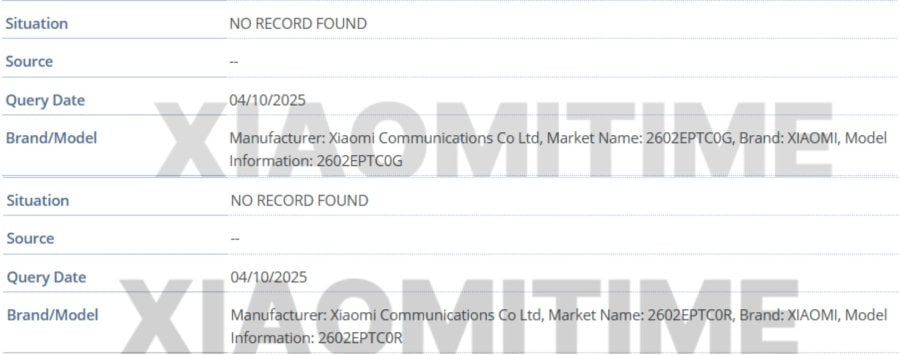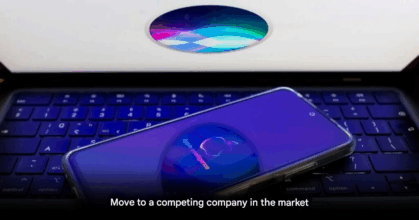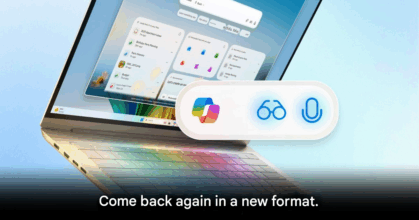Xiaomi 17T Surfaces Ahead of Schedule, Set to Compete Directly with iPhone 17

Just weeks after the launch of the Xiaomi 15T, new leaks suggest that Xiaomi is already working on its next flagship killer the Xiaomi 17T. Fresh listings from the IMEI database have confirmed the existence of two new models, signaling that development is well underway and nearing completion.
The database reveals model numbers 2602DPT53G for the global version and 2602DPT53I for the Indian version of the Xiaomi 17T, while the 17T Pro appears as 2602EPTC0G and 2602EPTC0R, expected to launch exclusively in global markets. This early appearance suggests the launch could happen much sooner than expected.

In a surprising move, Xiaomi is skipping the 16T name entirely, jumping straight to 17T to align with its flagship Xiaomi 17 series a strategic decision aimed at going head-to-head with Apple’s iPhone 17. The “2602” prefix in the model code may even hint at a February 2026 release window, several months earlier than the typical second-half launch for T-series devices.
Early reports suggest that the Xiaomi 17T will feature the new MediaTek Dimensity 8500 chipset, an upgrade from the Dimensity 8400 found in the 15T. The more powerful 17T Pro is expected to pack the Dimensity 9500, surpassing the Dimensity 9400+ used in the 15T Pro. Both devices are rumored to run HyperOS 3 out of the box and carry the internal codenames chagall (17T) and warhol (17T Pro), focusing on enhanced gaming and multitasking performance.
Although Xiaomi has yet to make any official announcements, the appearance of these devices in IMEI records is a strong indicator that the project is nearly complete. If the February timeline proves accurate, it would mark one of the earliest T-series launches yet a move that could give Xiaomi a significant competitive edge in 2026, particularly in India, where the series has been absent since 2021.
Fans can expect the Xiaomi 17T to continue the company’s tradition of delivering flagship-level performance at aggressive pricing, potentially shaking up the global smartphone market once again.






